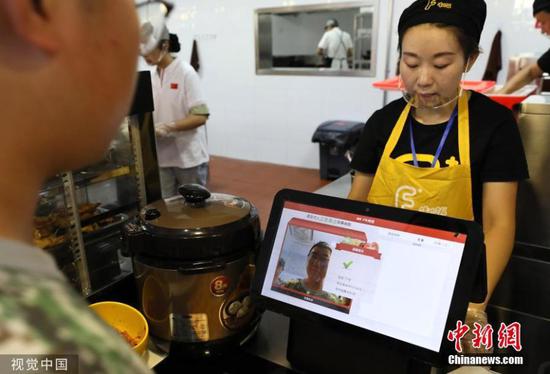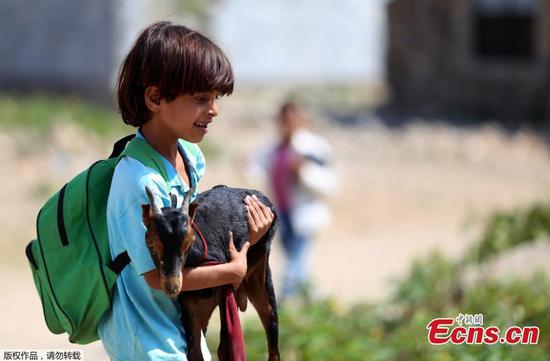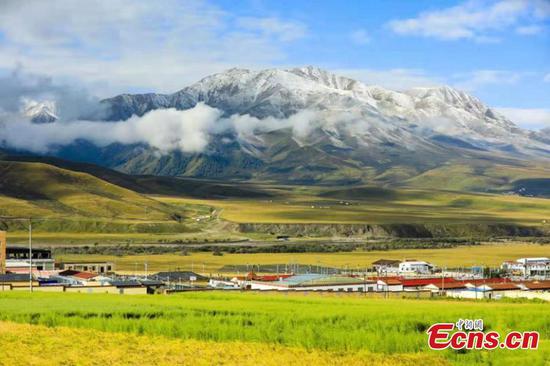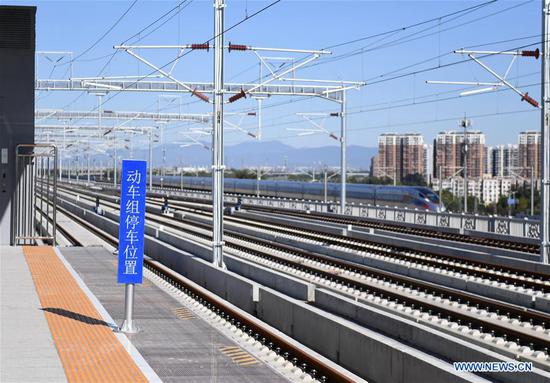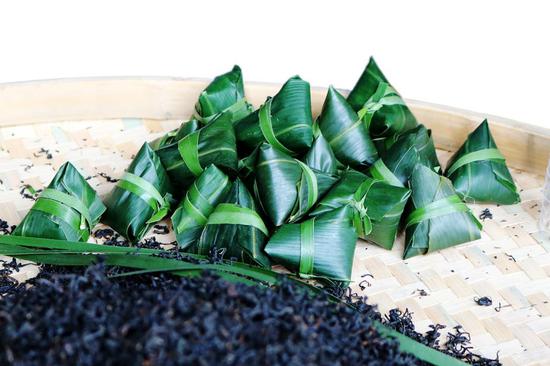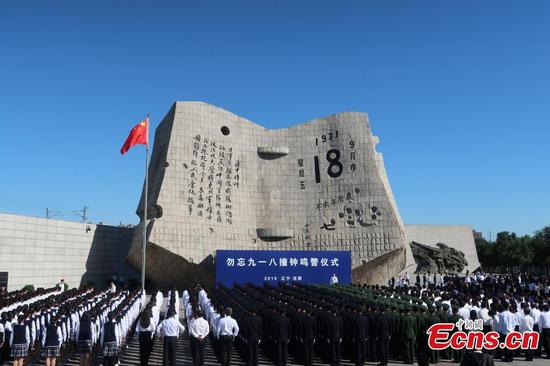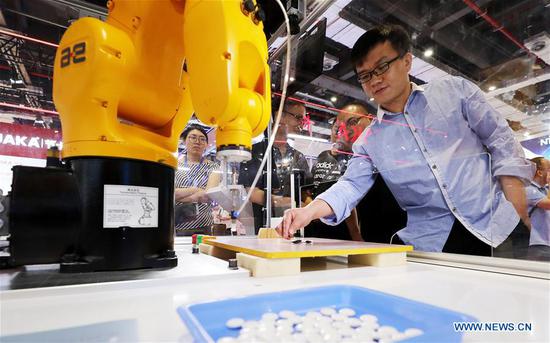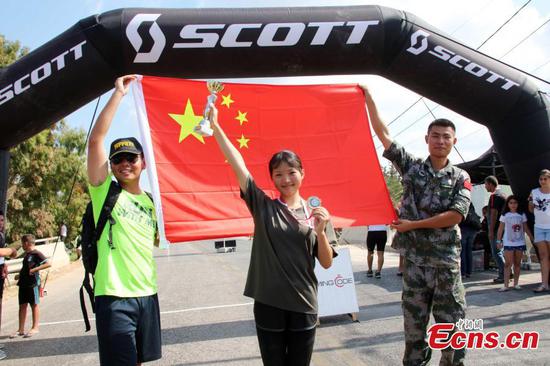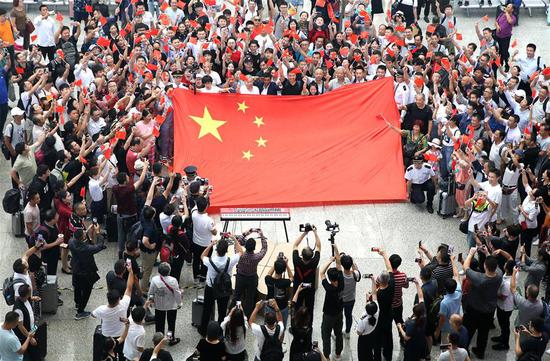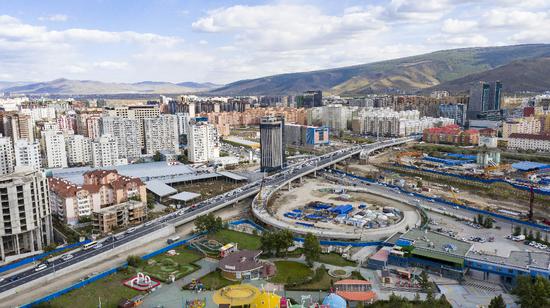Russia is unlikely to replace the United States as China's main soybean supplier in the immediate future, according to industry insiders.
Their prediction comes despite the fact that China and Russia have made great progress on cooperating in the soybean sector.
Chinese imports of Russian soybeans have risen amid the trade dispute with the US, while Beijing and Moscow have pledged to increase their cooperation in the sector.
The South China Morning Post reported recently that Russia would make 1 million hectares of arable land available to foreign investors. Most of the money is expected to come from China.
Chen Yangfen, a researcher with the Institute of Agricultural Economics and Development at the Chinese Academy of Agricultural Sciences, said that to ensure grain security, China must diversify its soybean import channels. Cooperation between China and Russia in the sector offers great potential, he added.
"But we can see that Russia will not be able to replace the market share held by the U.S. for a considerable period of time or fully meet Chinese demand for soybeans," Chen said.
China needs to import 80 million to 90 million metric tons of soybeans a year, but Russia cannot meet this demand, he said.
"Last year, China's soybean imports from the US fell by 49.4 percent year-on-year, to 16.64 million tons," he said. "But Russia's total soybean output last year was only 4.02 million tons. There is still a huge gap between demand in the Chinese market and Russian soybean supplies."
Moreover, Russia mainly grows non-genetically modified soybeans, while the demand in China is mainly for soybean meal and soybean soil. As a result, there is an imbalance between supply and demand.
Yue Hongwen is deputy general manager of Suifenhe Liangyun Agricultural Products Development Co in Heilongjiang province, which in recent years has grown soybeans in the Russian Far East. He said that although Moscow encourages agriculture sector development in this region and welcomes farmers from overseas to grow produce there, it will take a long time for the scale of such business to increase.
He Zhenwei, secretary-general of the China Overseas Development Association, said the trade tensions between China and the U.S. have resulted in a "soybean gap" of millions of tons. Russia could be a good choice to fill the gap, due to its geographical proximity to China and because it produces high-quality, non-GMO soybeans.
But as Russian soybean output is still far from sufficient to meet Chinese demand, He suggested that to increase output, Moscow should improve agricultural and port infrastructure in the Russian Far East, where most of the country's soybeans are grown.











